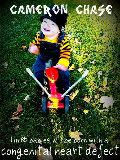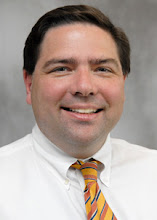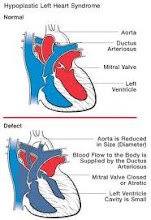Last night we attended the city meeting at Belle Plaine Minnesota, we recieved a signed proclamation making FEB 7th-14th CHD Awareness week.
We were asked if we would introduce ourselves & Cameron and then to briefly describe what it's like to be a CHD family.
Being A family with a son who was born with a severe congenital heart defect is scary, it's nerve wracking not knowing what tomorrow is gonna bring, it's always busy with Cardiologist appointments, physical therapy pediatrician appointments, Home nurse visits once a month to give Cameron his RSV shot, it's living in a "bubble" because you are always worrying about exposing him to germs and illness that could land him in the hospital. It's getting up in the middle of the night to make sure he's still breathing, it's daily meds to keep his blood pressure at a normal limit, it's daily baby asprin to keep his blood from clotting, It's struggles to get him to eat good enough that he gains a good amount of weight.
Every day has it's challanges but everyday Cameron accomplishes something wonderful.
&
Everyday We count our blessings that Cameron is a part of our lives.
&
that is what it's like to have a son with a congenital heart defect.
We were also asked to talk about The CHD Facts and we did, we watched the council memebrs mouths drop open and we watched their silent reaction as we told them that there is no cure for CHDs,
WE also touched on how many CHDers we knew through facebook & through the U of M Amplatz, we also told the council members about all the CHD Angels that lost their battle with their congenital heart defects.
All in All it was a nice evening at the city meeting & it felt good to help raise CHD Awareness!
(We have another proclamation signing Wednesday evenening in Henderson MN)







































